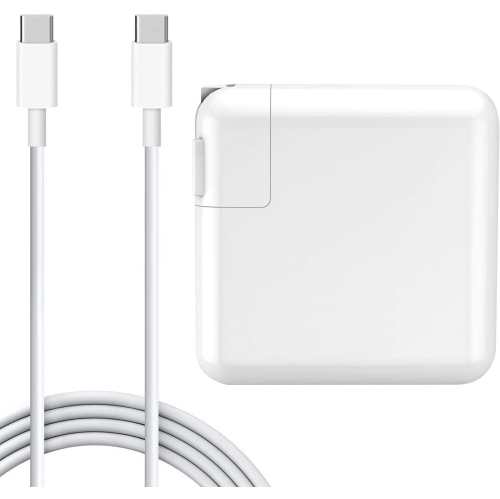
You can also buy USB-C adapters for the many display standards out there, such as VGA and DVI. You can certainly use a charger at lower power, but remember that it will power up slower than when using a higher-wattage charger, and if too low your laptop might run out of juice altogether when maxed out on power-hungry apps and devices. 12in MacBook and MacBook Air charge at 30W the 13in and 14in MacBook Pro at 67W, the 15in MacBook Pro at 87W and the 16in MacBook Pro at 96W. Lower wattage chargers are fine but will limit the hub’s charging potential.Ĭheck the Power Delivery (PD) charging power each hub or adapter offers connected laptops or iPads. Most don’t ship with a charger, so you’ll need to add your own, and remember that it needs to be a 100W charger to give 85W and above charging if offered by the hub.

Look for hubs that offer passthrough charging, so you can charge your laptop even though you are using up one of the laptop’s USB-C ports for the hub itself. Card readers come at different speeds: UHS-I at 104MBps, and UHS-II at 312MBps although some are slower at 60MBps. Connect a USB-C display: Connect the display to a a Thunderbolt 3 (USB-C) port on your MacBook Air.Other ports to look for include Gigabit Ethernet for faster wired Internet access (without the flakiness of Wi-Fi), and an SD or microSD card reader for adding inexpensive portable storage to your system.Connect an HDMI display or HDTV: Use a USB-C Digital AV Multiport Adapter to connect the HDMI display or HDTV to a Thunderbolt 3 (USB-C) port on your MacBook Air." Connect a VGA display or projector: Use a USB-C VGA Multiport Adapter to connect the display to a Thunderbolt 3 (USB-C) port on your MacBook Air.So the hub and splitter were both being connected to a single USB-C port? Depending on the year of the MacBook Air, it may only support one external display.

So you have connected two external display to either a hub or an HDMI splitter.


 0 kommentar(er)
0 kommentar(er)
